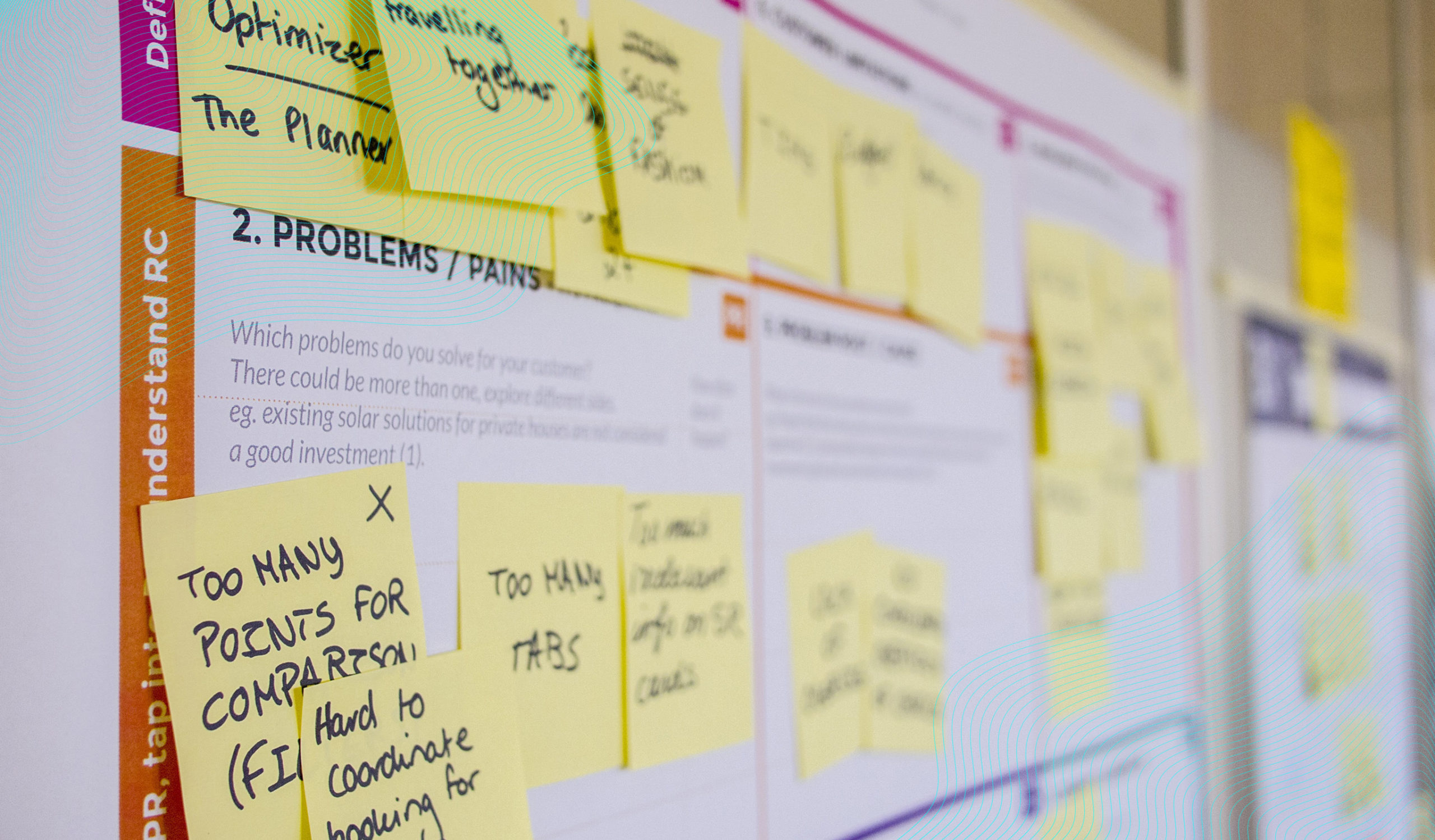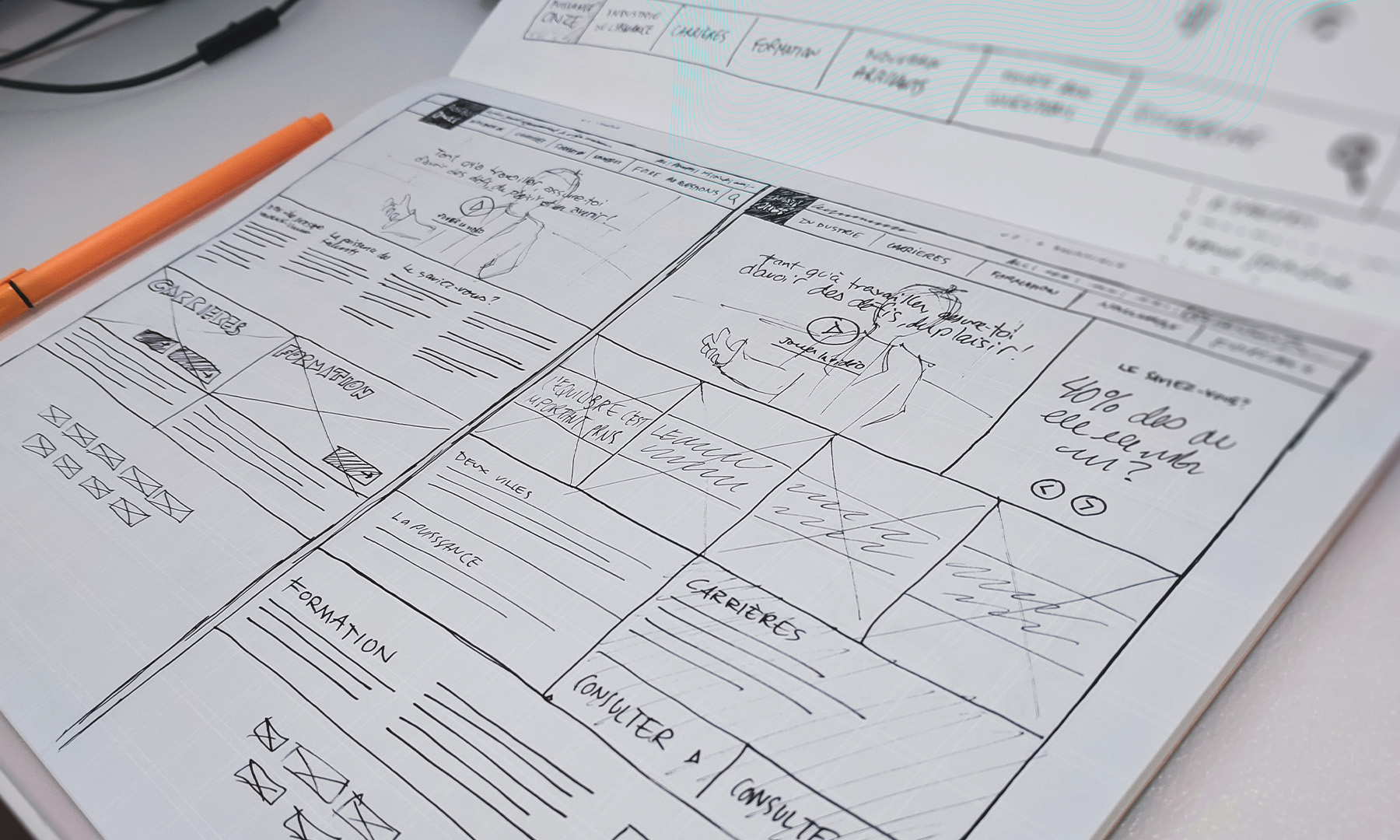Part 2
This is the URL the user types in to access the product. Whoever buys the domain name owns it. We advise our clients to buy and own their domain names.

Part 2
In the first part of our digital questions series we explained why a carefully crafted brief isn’t always the best starting point, how you can manage a digital project with no expertise, and how to convey your employer brand in a digital world.
In part two, our Technical Director, Kit Hargreaves, continues to demystify the answers to important questions around relevance and keeping your digital assets running.
This is an important question, especially if you need to integrate your new solution with existing digital products. There will be certain platforms, like WordPress for example, that you may already be familiar with making it the preferred choice. However, what’s familiar isn’t always the right answer to your needs.
It may be an easier way to get sign-off when stakeholders are used to an existing platform, but it can cost greatly to make the wrong technology decision at the beginning of a project. This is why a thorough discovery session can help identify what you need the technology to be able to do and where there may be gaps in your preferred platform. You also need to consider scalability for growth. Mapping your audiences, their wants, needs and behaviours, will help you in making the right decisions too.
Don’t be afraid of exploring new digital platforms. We know our stuff, so when you work with us, we’ll present the right solution for what you need. It may not be familiar but you can trust it will get the job done and enable you to achieve your goals.
This is an essential question to consider from the start. There are data protection responsibilities that come with having something in the public domain. You’ll also need to protect against new threats and keep your website, app or other digital product running at the speed at which it was originally designed.
You need to ensure you have the right hosting package in place. Hosting is the allocation of space on a web server for a website to store its files so hosting and maintenance are ongoing requirements to keep your solution running.
You’ll also need to know which aspects of your new digital solution you have control over, and decide whether you have the capacity and expertise within your organisation to manage and maintain it. Our advice is that if you are not 100% confident that it can be maintained in-house, you’ll need extra help.
A good digital partner should have a flexible approach to how they support clients. For example, we have cost-effective tailored maintenance packages, or we can work on ad hoc interventions.
We make sure our clients are aware of any continuing costs early in the development process so they know where they stand. And if our clients choose to have some work done by their internal teams, we provide a ‘translation’ service – liaising between our client and their technical team. We can help you understand them and them understand you too.
There are different elements that make up a digital product. Ownership of each of these can vary depending on the project. As a general rule, this is how ownership is carved up:
This is the URL the user types in to access the product. Whoever buys the domain name owns it. We advise our clients to buy and own their domain names.
This is never owned by anyone – it’s licensed from a provider.
There are two major elements to the software, and who owns these elements depends on the contract agreed between the client and the partner:
The content within the product should be owned by the client and they should have complete ownership and control of that data. At Electric Circus, we never share, distribute or manipulate data in a client’s system, except by request. And if they request the removal of data from our systems, we do so with immediate effect.

On average, any digital solution has an untouched shelf life of about two years. But if you make frequent, regular updates you can keep your solution going for much longer and avoid needing to completely rebuild it from scratch further down the line.
Proactive maintenance will save you time and money in the long run. What we do is look at traffic, stats and user trends to assess how people are using solutions and how they can be improved – that’s all part of the development adventure we enjoy and excel at.
For example, your careers site needs to be reflective of the business and current job seeker motivations, so you need to keep innovating to keep it fresh and relevant. If no-one is applying for the vacancies on your site, you need to ask if you are offering something new and interesting to the target audience. And to think about how to improve it visually. Or is it a search engine issue? A speed issue? Or reflective of the wider business? Those are the questions we ask, answer and find solutions to.
There are also integrations to consider, if the business adopts a new CRM or ATS for example, or wants to integrate with HR systems. It’s all about having the right conversations. We have regular catch-ups with our clients to look at their digital solutions and see where they need changing. This also includes finding out if there have been any changes inside the business that we should be aware of.
Changes such as expansion, the need to reach people overseas or market shifts will influence how you update your digital products. The impact of Covid-19, saw a change in job seekers’ behaviour, with people much more interested in flexibility and home working. And that’s the kind of thing to consider when assessing your digital product’s performance.
When creating digital solutions for HR challenges, it can be easy to focus on functionality and just getting the solution to work. But unless you make the solutions engaging for the users you are creating them for, adoption and ongoing usage will suffer.
Investing in digital transformation can be costly in terms of budget as well as time and effort for all involved. Keeping the end user in mind at all times is crucial to ensure the solution developed meets their needs and expectations, as well as performing the function it needs to for the business.
Discovery sessions at the start of a digital project allow you to identify your users and prioritise their needs. Keep them in mind throughout. Incorporate user testing and gather feedback on their engagement levels. These steps will help you ensure your solution grabs and keeps their attention.
For example, listing jobs on a careers site makes it functional. But imagery, content and how the site works and moves makes it engaging. And that’s crucial. Recruitment and retention are all about giving people the best possible experience – and that includes the digital experience.
You might need to create a training guide that teaches people how to use a stock ordering system. Instead of a static site with training notes and screenshots of the live ordering system, why not build a fully interactive tool that looks and behaves just like that system. It means people are much more engaged, can play with the system without accidentally placing orders and are having a much more beneficial experience.
At Electric Circus we’re an experience-led team. We understand the challenges of recruiting, retaining and developing talent. Our expertise blends creativity, digital solutions and communications strategy to create experiences that engage and connect with your employees through every phase of the talent lifecycle.
Whether you’ve read something intriguing about what we’ve done for other companies, or you’ve got a challenge that you can’t get your head around. Or even if you just want to know where we got our name.
We’re always happy to chat. Get in touch below.